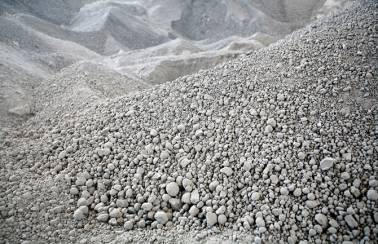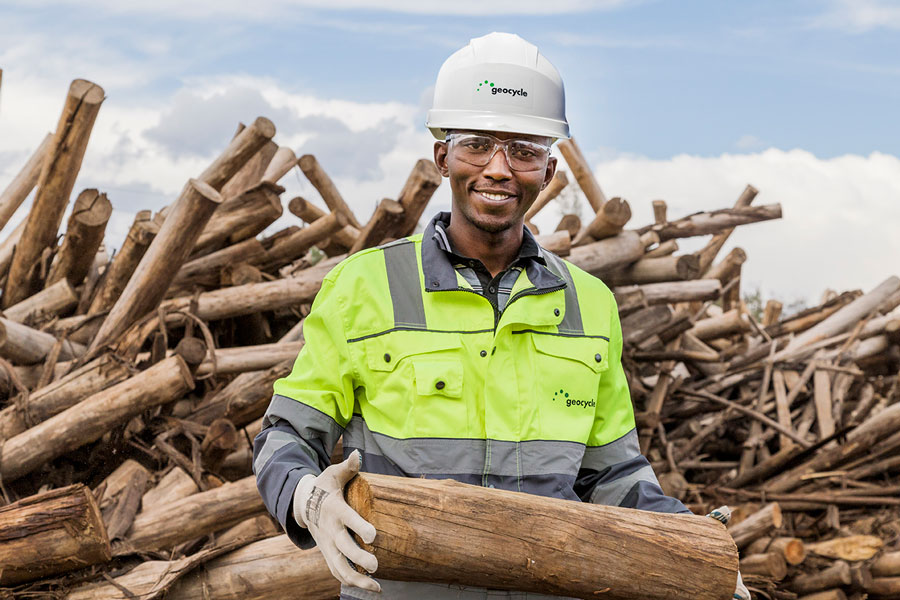Step 1: extraction of raw materials
 The raw materials needed to produce cement (calcium carbonate, silica, alumina and iron ore) are generally extracted from limestone rock, chalk, clayey schist or clay. Suitable reserves can be found in most countries.
The raw materials needed to produce cement (calcium carbonate, silica, alumina and iron ore) are generally extracted from limestone rock, chalk, clayey schist or clay. Suitable reserves can be found in most countries.
These raw materials are extracted from the quarry by blasting. They are then crushed and transported to the plant where they are stored and homogenized.
Step 2: raw grinding and burning
Very fine grinding produces a fine powder, known as raw meal, which is preheated and then sent to the kiln. The material is heated to 1,500°C before being suddenly and dramatically cooled by bursts of air.
This produces clinker, the basic material required for the production of all cements.
Clinker is the main ingredient in cement. These hardened granules are obtained by firing a mixture of approximately 80% limestone and 20% clay to a high temperature. Cement is obtained by grinding clinker, in some cases supplementing it with additives.
Step 3: cement grinding and shipping
A small amount of gypsum (3-5%) is added to the clinker to regulate how the cement will set. The mixture is then very finely ground to obtain "pure cement". During this phase, different mineral materials, called "cement additives", may be added alongside the gypsum.
Used in varying proportions, these additives, which are of natural or industrial origin, give the cement specific properties such as reduced permeability, greater resistance to sulfates and aggressive environments, improved workability, or higher-quality finishes.
Finally, the cement is stored in silos before being shipped in bulk or in bags to the sites where it will be used.




